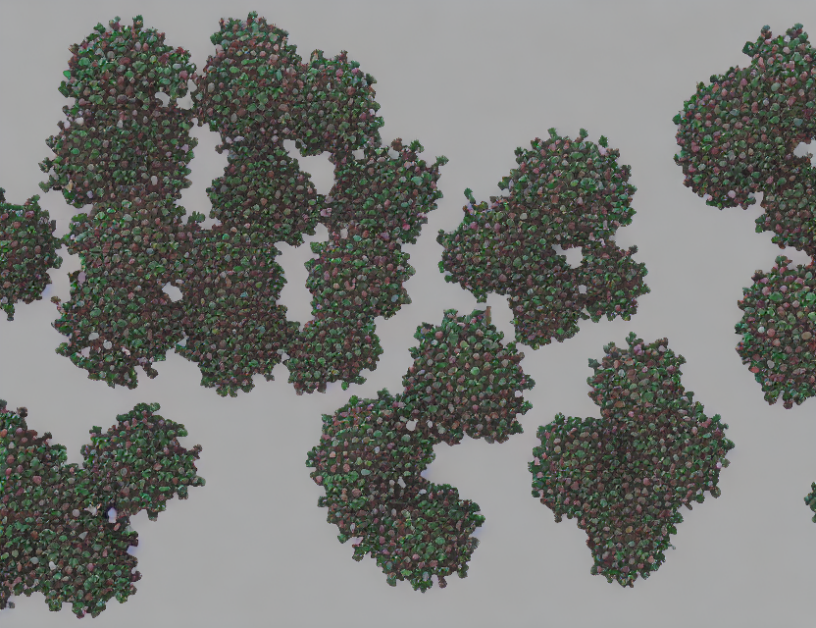In this article, we delve into the concept of fixed points in cellular automata and boolean networks. These systems are used to model complex phenomena, such as gene regulatory networks, and understanding their behavior is crucial for understanding these systems’ functioning.
A fixed point is a point that, when applied to a system, results in the same outcome. In cellular automata, fixed points can be thought of as "stable states" – once a system reaches a certain state, it tends to stay there. In boolean networks, fixed points are like "memory storage" – the system can retain information and use it to make decisions.
The number of fixed points in a cellular automaton or boolean network is an important feature that determines its dynamical behavior. This number can be calculated using various algorithms, but these calculations are often complex and time-consuming.
Boolean networks have been used to model genetic regulatory networks, and understanding the number of fixed points in these models is crucial for understanding how genes interact and how this affects cellular behavior. The problem of counting fixed points in boolean networks is #P-complete, meaning it is computationally difficult and can only be solved using specialized algorithms.
While there are few efficient methods to determine the number of fixed points in a BN, some researchers have developed new approaches that can simplify this process. One such approach uses a technique called "majority voting games," which allows for faster calculation of the number of fixed points.
In summary, fixed points are important features of cellular automata and boolean networks that determine their behavior. While counting these fixed points can be difficult, researchers have developed new approaches to simplify this process, giving us a better understanding of how these systems work and how they can be used to model complex phenomena.
Computer Science, Data Structures and Algorithms
Counting Fixed Points in Tree Cellular Automata: Open Questions and Unsolved Problems



